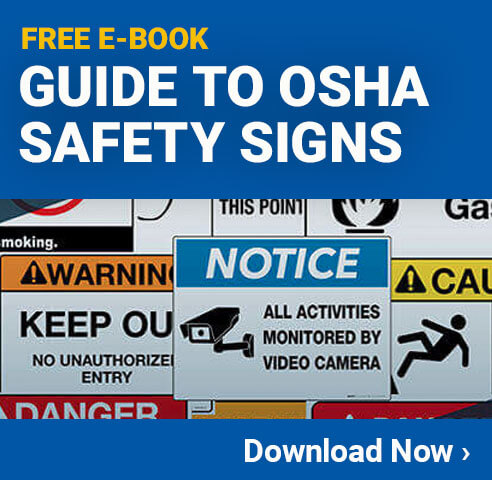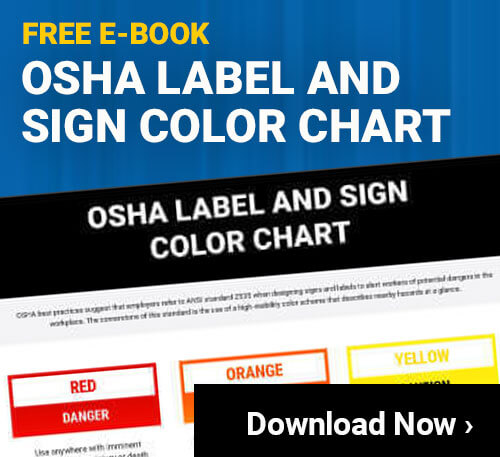
Since aligning with the Globally Harmonized System (GHS) of Classification and Labeling of Chemicals, OSHA’s Hazard Communication Standard (HCS) requires hazard pictograms to be included on chemical labels. GHS consists of nine different pictograms, a black hazard symbol on a white background inside of a red diamond, and they are used to improve workplace safety and health by quickly communicating specific hazard information about the chemical. These pictograms are recognized worldwide and while there are nine hazard pictograms in GHS, OSHA only enforces the use of eight. They are as follows:
- Health Hazard Pictogram: Any chemicals that are a carcinogen, can cause mutations, or otherwise cause damage to one or more organs when inhaled are marked with this pictogram.
- Flame Pictogram: The symbol of a flame is universally known to mean fire. Chemicals with this pictogram are gases, aerosols, liquids, and solids that are flammable. Also covers self-heating mixtures, pyrophoric or combustible liquids and solids.
- Exclamation Mark Pictogram: Chemicals that are acutely toxic, substances that can be absorbed through skin or respiration and can cause damage to human health, are labeled with this pictogram.
- Gas Cylinder Pictogram: This pictogram indicates the chemical is a gas under pressure. It may include compressed gases, gases that have been dissolved, or liquified gases.
- Corrosion Pictogram: If a chemical is corrosive to metals, it can cause corrosion burns to the skin and can cause serious eye damage and should be marked with this pictogram.
- Exploding Bomb Pictogram: Not only covering explosions, this pictogram indicates substances and mixtures that are self-reactive.
- Flame Over Circle Pictogram: Oxidization can be dangerous industrial settings, and this pictogram represents chemicals that can oxidize and lose electrons.
- Skull & Crossbones Pictogram: Finally, the skull & bones represent acute toxicity, but at a much more dangerous level than what is covered under the exclamation pictogram.
The ninth GHS pictogram is not mandatory or enforced by OSHA, but it can still be used. This is the environmental hazard pictogram, used on any substances that is toxic aquatic environments. Although not required, OSHA suggest companies use it if it would provide helpful information.


